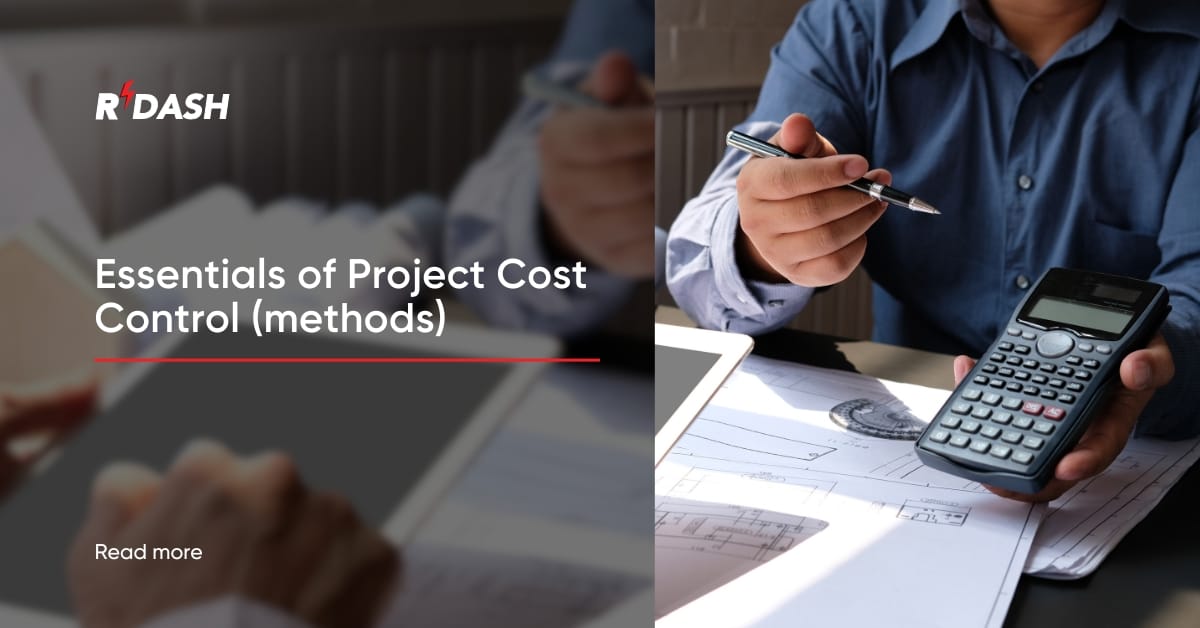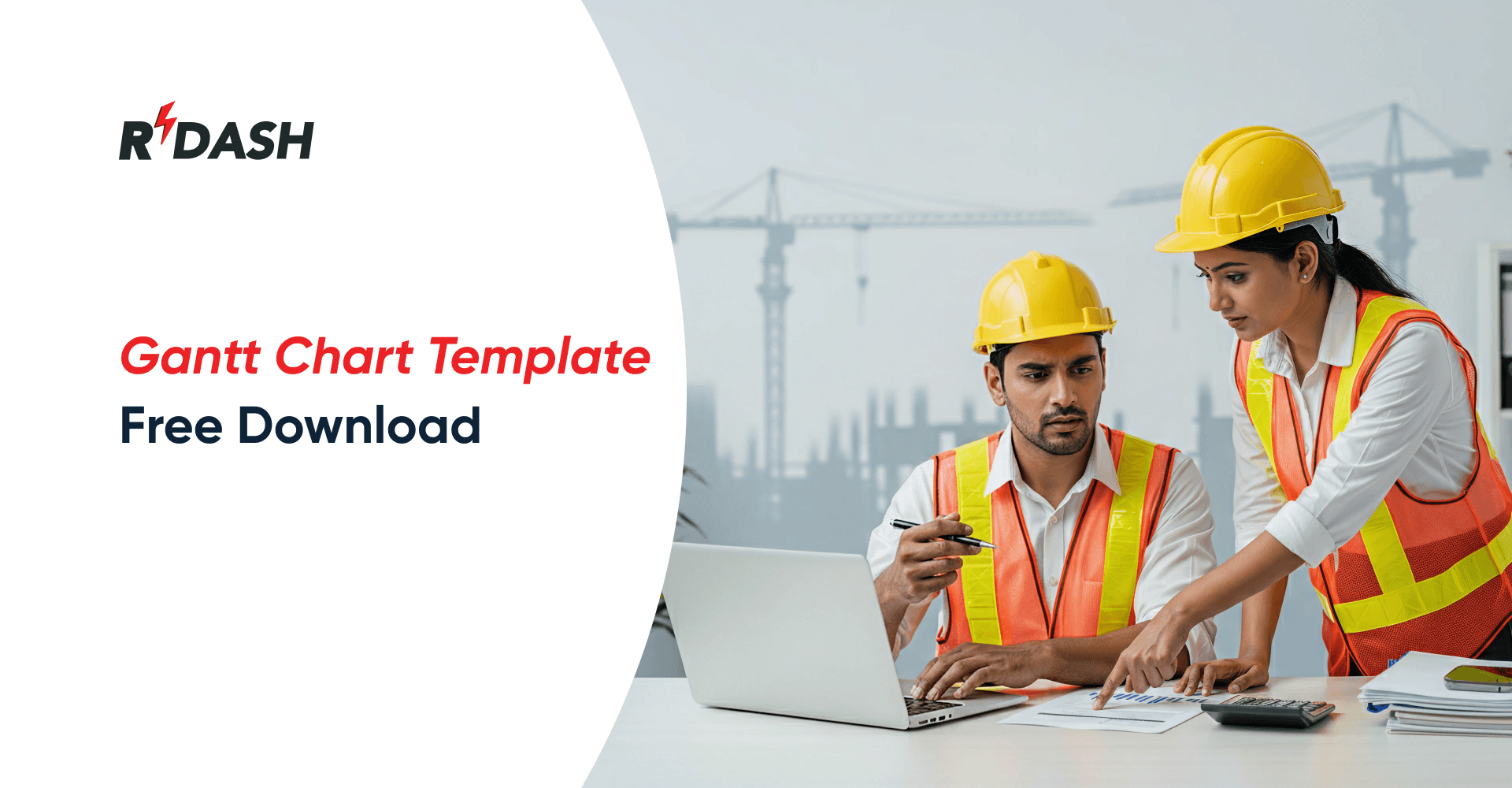What is Project Cost Control?
Project cost control in the construction industry involves the methodical management of a project’s budget from start to finish. It’s about ensuring that all costs, from initial estimates to final expenditures, are carefully monitored and kept within the boundaries of the financial plan set for the project. This includes tracking every expense, predicting potential overruns before they happen, and making adjustments to avoid budget inflation. It’s a dynamic process that requires constant evaluation and re-evaluation of expenses against the project deliverables.
Importance of Project Cost Controls Important?
Effective cost control is crucial because it directly impacts the financial success and overall viability of a construction project. Keeping a tight rein on costs ensures that a project stays on budget, which protects profit margins and reduces the likelihood of financial overstretch. Moreover, disciplined cost management helps in identifying financial risks early, which in turn facilitates timely interventions to mitigate these risks. This not only safeguards the investment but also reinforces stakeholder confidence, as consistent budget management is often a marker of project health and managerial effectiveness.
Additionally, robust cost controls contribute to resource optimization. By understanding where and how funds are being spent, managers can make informed decisions about resource allocation, ensuring that every dollar spent adds value to the project. This level of financial oversight can lead to more strategic decision-making, enhancing the overall efficiency and quality of the project outcome.
Methods for project cost control
Effectively controlling construction costs is vital to the success of any project. Here are seven practical methods for controlling costs in construction:

- Thorough Planning and Estimation: Before breaking ground, detailed planning and accurate estimation are essential. This involves forecasting the costs of all aspects of the project, from materials to labor to equipment. Having a solid plan in place helps in anticipating expenses and setting a realistic budget.
- Regular Budget Reviews: Conducting regular budget reviews throughout the project allows for ongoing assessment of financial performance against the budget. This proactive approach helps identify budget variances early and enables timely adjustments.
- Adopting Technology: Leveraging modern construction management software like RDash can streamline project management and cost control. These tools offer real-time data tracking and predictive analytics to keep costs in check.
- Effective Resource Management: Optimizing the use of resources, including materials, labor, and equipment, can significantly reduce costs. This involves scheduling resources efficiently, avoiding idle labor time, and ensuring that materials and equipment are used optimally.
- Change Order Management: Change orders are inevitable in construction but managing them effectively can prevent budget blowouts. Establishing a clear process for reviewing and approving change orders ensures that only necessary changes are made and that they are cost-effective.
- Procurement Strategies: Strategic procurement can lead to significant cost savings. This includes bulk purchasing, negotiating contracts with suppliers, and selecting vendors who offer the best combination of price and quality.
- Waste Reduction: Minimizing waste on construction sites not only saves money but is also environmentally responsible. Implementing practices such as recycling, reusing materials, and proper inventory management can significantly cut down on waste and associated costs.
- Regular Communication and Coordination: Effective communication and coordination among all parties involved in a project are crucial for cost control. Regular meetings, clear communication of budget statuses, and collaborative problem-solving can prevent misunderstandings and ensure that everyone is aligned with the budget goals.
Project Cost Control vs. Project Cost Management
Project cost control and project cost management are closely related concepts in the construction industry, but they focus on different aspects of financial oversight. Project cost control is primarily about monitoring and controlling expenses during the construction process to ensure that the project does not exceed the budget. It involves identifying and preventing potential overruns, minimizing costs where possible, and making necessary adjustments to stay within budget.
On the other hand, project cost management encompasses a broader scope. It includes the initial planning and estimation of costs, setting up the budget, securing funding, as well as the ongoing process of cost control throughout the project. Project cost management aims to manage the overall finances from conception through to completion, ensuring that the project is not only completed within budget but also delivers financial value.
Steps of Project Cost Control
Implementing effective cost control in construction projects involves several key steps that help ensure expenses are kept in check while achieving project objectives:

- Establishing a Baseline Budget: The first step in cost control is to develop an accurate and detailed baseline budget. This budget should cover all aspects of the project, including materials, labor, equipment, and any other expected costs. This baseline serves as the benchmark against which all actual expenditures will be compared.
- Continuous Monitoring: Once the project starts, continuous monitoring of all costs is essential. This involves regularly comparing actual expenditures against the baseline budget to identify any deviations. Regular financial reports and budget reviews help maintain visibility of the project’s financial health.
- Identifying Variances: As part of the monitoring process, it is crucial to quickly identify any variances between the projected and actual costs. Understanding these variances can help pinpoint issues such as inefficiencies, unexpected obstacles, or changes in project scope.
- Taking Corrective Actions: When variances are identified, immediate corrective actions are necessary to bring costs back in line with the budget. This might involve adjusting project plans, renegotiating contracts, or finding cost-saving alternatives.
- Updating Forecasts: Project costs should be regularly reviewed and forecasts updated based on current spending and remaining work. This ongoing revision of cost projections helps in anticipating future expenditures and making informed decisions.
- Implementing Change Control Procedures: Changes to the project scope can lead to cost overruns. Implementing strict change control procedures ensures that any changes to the project are fully evaluated in terms of their impact on the budget and schedule before being approved.
- Final Review and Analysis: At the completion of the project, a final review of all costs should be conducted. This analysis helps in understanding how the project performed against the budget and can provide valuable lessons for future projects.
By following these steps, construction managers can exert robust control over project costs, enhancing the likelihood of delivering the project within the allocated budget. This disciplined approach not only safeguards the project’s financial objectives but also contributes to the overall success and sustainability of construction operations.






